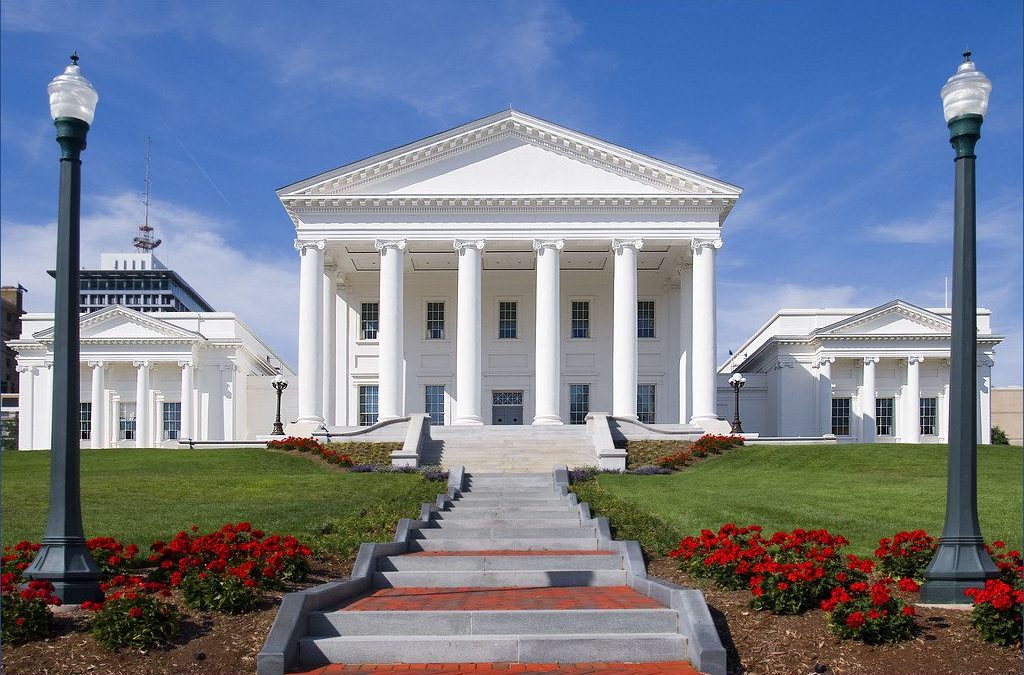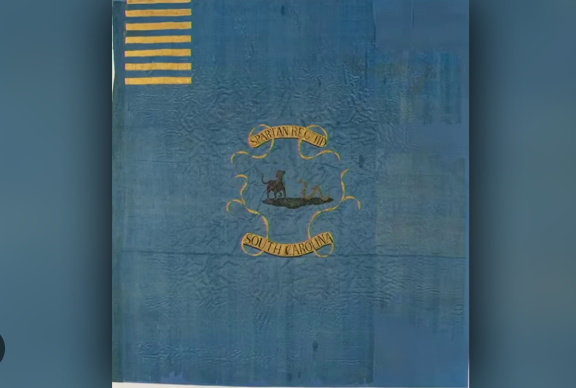The tribe wants to acquire land in Crow’s Nest, in Stafford County, Lightner said.
Del. Delores L. McQuinn, D-Richmond, introduced House Bill 141, which lawmakers passed unanimously at every step in each chamber. The measure establishes the Virginia Black, Indigenous, and People of Color Historic Preservation Fund. Money from the fund will go to eligible state and federally recognized tribes, nonprofits and localities. The fund will be made up of state money, gifts and donations.
Former Gov. Ralph Northam proposed $10 million over two years in his outgoing budget to bolster the conservation fund. The final state budget has not been finalized.
The historic preservation fund will protect cultural and historic lands. Such lands range from hunting grounds to sacred sites and villages around the Chesapeake Bay. The bill also helps groups preserve schools, churches and archeological sites. The grants from this fund will be managed by the Board of Historic Resources, according to the bill.
“It will impact the tribe in allowing the tribe to protect sites that need to be protected, and that is huge for the tribal people and future generations of those tribes,” said Chief G. Anne Richardson of the Rappahannock Tribe, located on the tribal land Indian Neck in King and Queen County.
A proposed water pump station in Rassawek, the capital of the Monacan Tribe, was one catalyst for the creation of the bill, according to Richardson. The Monacan Tribe uses the land, located about an hour’s drive west from Richmond, for gatherings and ceremonies.
The James River Water Authority proposed in 2014 the water pump station in Rassawek. The organization announced plans this month to locate the station elsewhere after opposition from tribes, citizens and preservation organizations, according to the nonprofit National Trust for Historic Preservation.
The fund could be used to preserve sites where Blacks fought and died during wars which include the Civil War, Revolutionary War and War of 1812, according to Alexander Macaulay, a lobbyist for the American Battlefield Trust, an organization that preserves battlefields and educates the public. The sites are not properly protected and more needs to be done, he said, and the fund will help.
The state legislature doesn’t have a grant dedicated to preserving culturally historic sites for communities of color, McQuinn said. The General Assembly has previously created similar funds regarding preservation of farmlands and outdoor areas, including the Virginia Land Conservation Fund, Virginia Battlefield Preservation Fund and the Virginia Outdoors Foundation Preservation Trust Fund, according to McQuinn.
Sen. Ghazala F. Hashmi, D-Richmond, introduced an identical bill in the Senate, which also was approved by both chambers and unanimously in the House. Thirty senators voted for the measure, while 10 opposed it.
McQuinn’s bill would help sites that cannot compete or do not meet the qualifications for many existing grant programs, according to Elizabeth Kostelny, CEO of Preservation Virginia, a group that seeks to protect historic communities.
The Patawomeck Tribe in Stafford County is currently building a tribal center and museum on Little Falls, which is farmland from a 20-acre lease slated to open mid to late July, according to Lightner. The space will house artifacts that the community can see and allow for an experiential interpretation of history akin to Jamestown, Lightner said. The Patawomeck Tribe is thankful for the legislation but are prioritizing the need to be federally recognized, which has taken about four years, according to Lightner.
As chief, Richardson oversees administrative, programmatic, political and social issues for the tribe. Richardson testified in favor of the bill before a House subcommittee. The archaeological and historical sites in her tribe’s villages and towns along the Rappahannock River have been plowed over and that there is a need to preserve those lands as they are part of Virginia’s history, she said.
The Virginia Department of Historic Resources created the Virginia’s Comprehensive Historic Preservation Plan for 2022-2027, which outlines the department’s goals for the upcoming years on preserving lands with historic and cultural significance.



